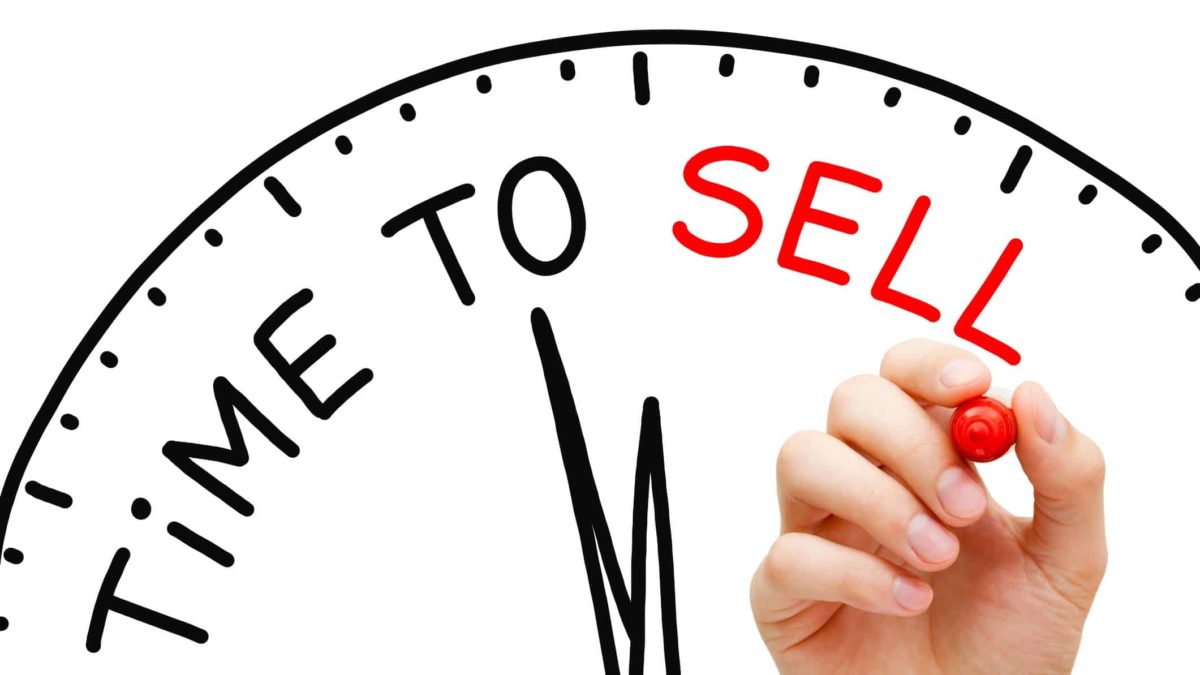If you have money to invest, it's never been easier to buy shares.
Compared to years gone by, we have so much information about public companies available free via the internet.
It was only a couple of decades ago that potential investors had to pay a fee to get hard copy books of company financials delivered to them.
And with smartphone apps lowering the cost and minimum transaction thresholds, pretty much anyone can join the market now.
But selling is a much more difficult proposition. It always has been, and remains so.
How do you know when to sell a stock? Do you sell when it has returned a certain percentage? Do you sell if the price goes down, to save yourself from further losses?
SG Hiscock portfolio manager Hamish Tadgell this week gave some advice on selling for The Motley Fool readers.
His fund is a high conviction fund, which means it goes hard on a small set of companies it really believes in. So saying goodbye to one is a massive decision.
Tadgell has 3 criteria that are triggers to sell:
Can risk-return improve?
Risk-return is the quantification of the old investment axiom that dictates higher potential returns await those who are willing to put up with more risk.
If a company has become more risky without the returns proportionally rising, or its returns deteriorate, it might time to rethink its risk-return. Is it better or worse than when you bought it?
"That often comes down to a valuation argument, or it might be that there's a better competing idea to put in the portfolio," said Tadgell.
Impairment of earnings power
Whether it's due to an internal or external shock, it could be time to sell if a company's ability to rake in earnings is impaired.
"Has there been a loss of competitive position or a decline in the earnings predictability for some reason?" Tadgell said.
"Or a regulatory change or something like that, which is impairing the potential earnings power?"
An example might be computer chip maker Intel Corporation (NASDAQ: INTC). For many decades it dominated the world with both PC and Apple Inc (NASDAQ: AAPL) computers using its processors.
Then smartphones rose to prominence 14 years ago, allowing smaller rivals like Advanced Micro Devices Inc (NASDAQ: AMD) and NVIDIA Corporation (NASDAQ: NVDA) to gain a new edge.
Intel was slow to realise the power of mobile computing and even lost the Apple account in recent years.
"AMD is a lot smaller and more nimbler, and the share price has been on a tear," Nucleus Wealth head of investments Damien Klassen told The Motley Fool in November.
"Whereas the Intel price has been going in the opposite direction."
Loss of confidence in leadership
Getting blindsided by a company decision can turn the stomachs of many shareholders.
Public companies by definition are supposed to be transparent, so a rude surprise would have to raise the question of selling.
"Have we lost confidence in management's ability to build value?" asked Tadgell.
"Management change or if management does something which is out of character with their strategy or that they've suggested to us they'll do — then that will change us to consider selling."









